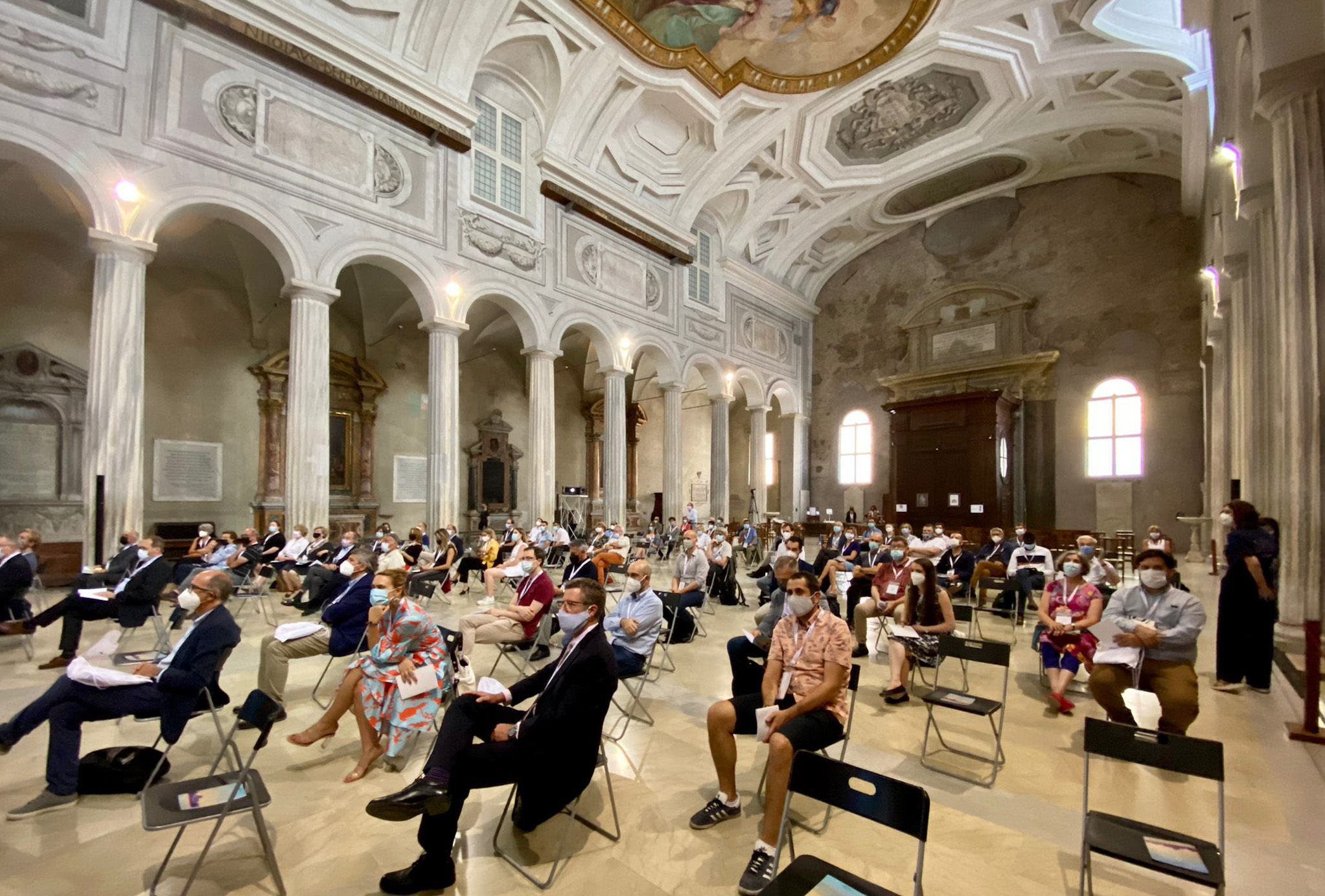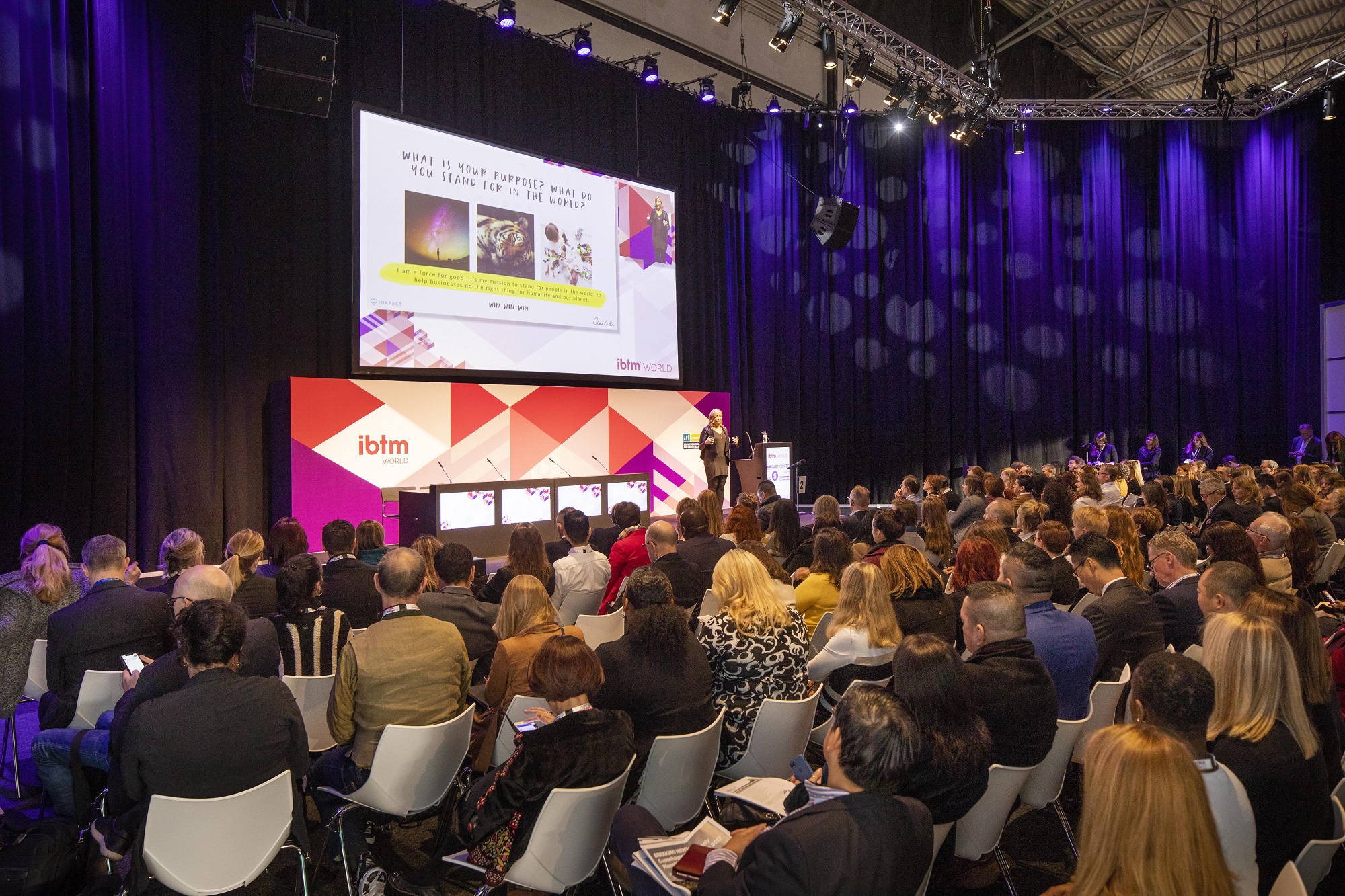
Due to all the advances in technology and design, anyone involved in experiential communications needs to develop more than a passing interest in the type of work that goes into delivering new and powerful experiences.
The wide variety of storytelling possibilities made available by technologies today has given rise to huge knowledge gaps when it comes communication and perception.
Not only is this true between agencies and vendors, but especially with event agencies and their clients. Too many brilliant visions and ideas are being lost in translation every day as companies specialising in varying fields come together to create live communication campaigns.
The only way to rise above these common traps is to adopt a strong willingness to continually learn the various trade terminology and to consistently invest in the ability to bridge the divide in perceptions through effective communication and education.
We operate in a Visual Industry. So much of what we do is not communicated via words, but in how we visualise and realise those words. Unexpected experiences occur all the time when people have different perceptions of how something will look or what the final product will ultimately be. That is why it is imperative to take steps along the way to ensure that everybody is on the same page so there are no nasty surprises on the day of the event. Take those extra steps during pre-production to help visualize the experience and develop storyboards and outlines to ensure all the parties will realize the same vision.
These are now crucial prerequisites to achieving any win-win partnerships and synergies in the live communications space.
Here is a collection of amusing real-life examples from those in the freelance world of communications. They’ll make many of us smile, but they highlight common problems faced in the industry if trade terminology is ignored.
Darren Chuckry is executive director of client services for Uniplan – a live communications agency.


